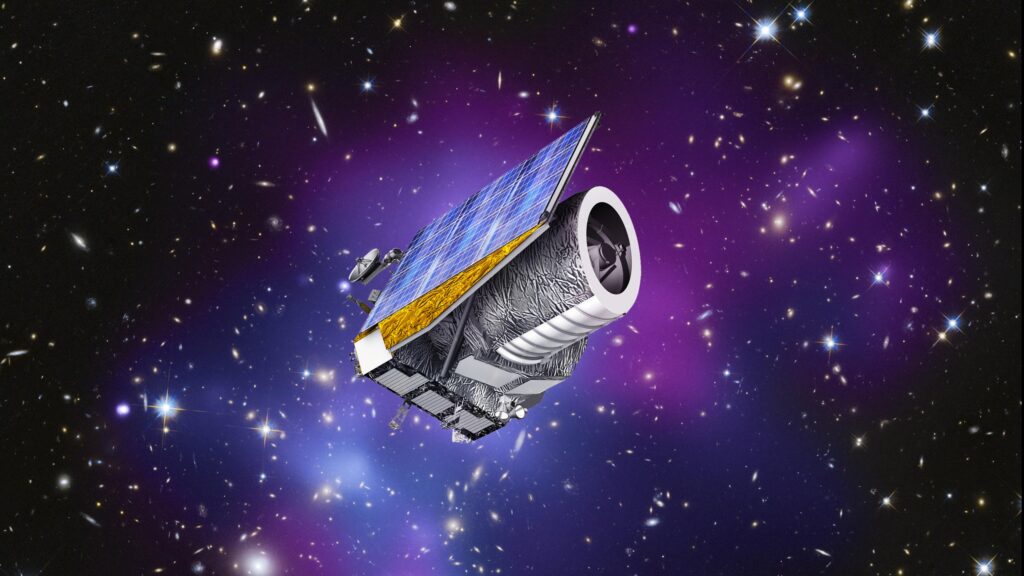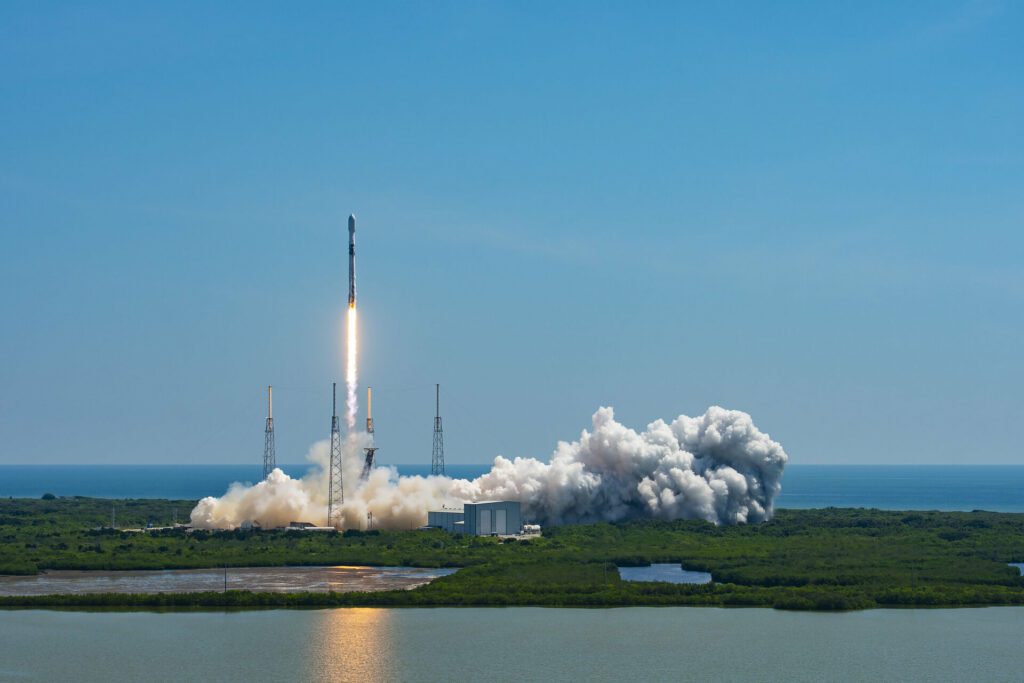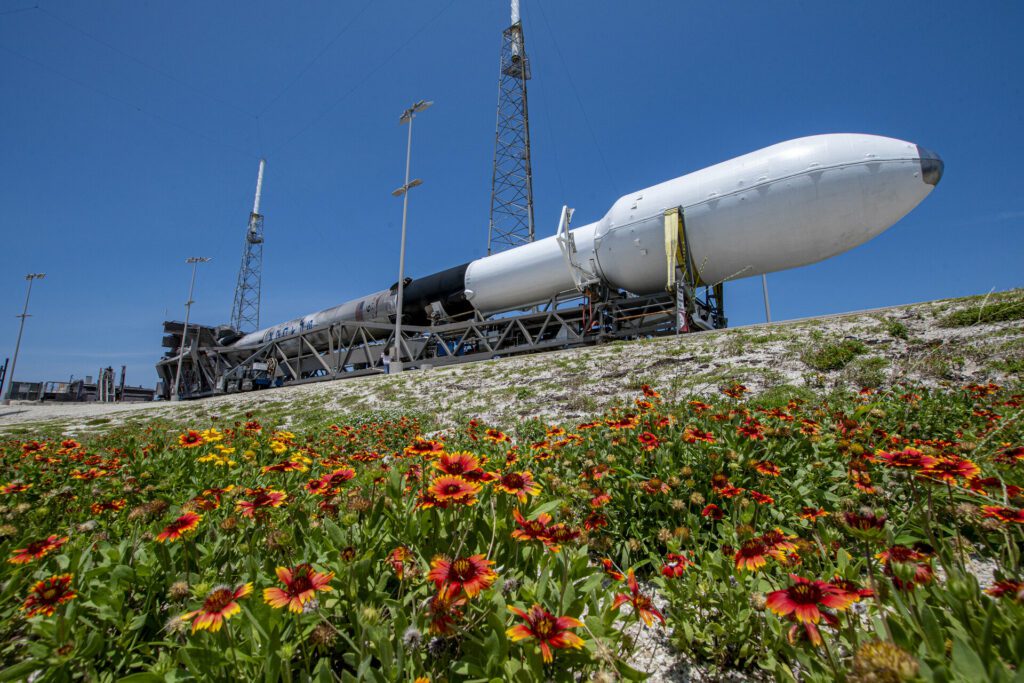SpaceX successfully launched a Falcon 9 carrying the European Space Agency’s (ESA) Euclid Telescope from Cape Canaveral, US, at 1512 GMT on 1 July. Euclid, named after a Greek mathematician known for founding the study of geometry, will spend the next month travelling to the Sun-Earth Lagrange point L2, which is 1.5 million kilometres from Earth. It will survey the universe in an attempt to map dark matter and energy. By surveying a third of the sky and observing billions of galaxies, the telescope will be used to produce a 3D-map of the Universe which will feature time as the third dimension.

Artist’s impression of Euclid telescope Courtesy: ESA via NASA
The Sun-Earth L2 site, which is also home to ESA’s James Webb telescope, is special because it keeps pace with the Earth as it orbits the Sun.

ESA’s Euclid mission got off to a smooth start after being launched on a Falcon 9 by SpaceX from Space Launch Complex 40 (SLC-40) at Cape Canaveral Space Force Station in Florida. Courtesy: ESA.
It was only the second launch and landing for the SpaceX Falcon 9 first stage booster, which was previously used to launch Ax-2. The B1080 first stage landed on the drone barge A Shortfall of Gravitas located in the Atlantic.

Euclid is transported to the pad ahead of the SpaceX launch. Courtesy: ESA.
Jonathan Freeman contributed to this story.








